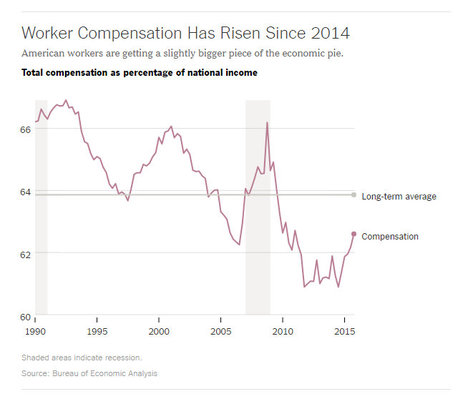(p. B1) At the headquarters of Wal-Mart Stores Inc. here, dozens of its buyers held half-hour meetings earlier this month with hundreds of prospective suppliers touting products–from frozen deep-fried turkeys to toddler dirt bikes–all eager for a chance to land on the shelves of the world’s largest retailer.
Scott Bonge, a Little Rock, Ark., investor and father of three, was trying to interest Wal-Mart in his plastic shaving stencil, the GoateeSaver. With sales of shaving gear falling as more men embrace scruff and beards, Wal-Mart is looking for different shaving paraphernalia to sell.
The product “came out of my own need for something to keep my goatee looking even back in college,” Mr. Bonge told Jason Kloster, senior buyer for personal care at Wal-Mart.
Mr. Kloster then drilled down into how many American men have goatees. Without an exact answer, Mr. Bonge noted that they are popular in the South among men over 25.
“I’ve been in the category for four years and I’ve never heard of your brand,” Mr. Kloster said. “Your biggest challenge is awareness.” Mr. Kloster suggested selling the device on Walmart.com to test demand before offering it in stores.
The daylong event provides a window into the relationship between Wal-Mart and its suppliers as well as the influence retailers have both on selecting the products for their shelves and how those products appear.
These meetings serve a clear purpose for prospective suppliers–a shot at vaulting into retail’s big leagues.
For the full story, see:
SARAH NASSAUER. “Inside Wal-Mart’s ‘Shark Tank’.” The Wall Street Journal (Thurs., July 23, 2015): B1 & B7.
(Note: the online version of the story has the date July 22, 2015 and has the title “Pitching Products to Wal-Mart, in 30 Minutes.”)


